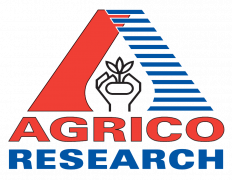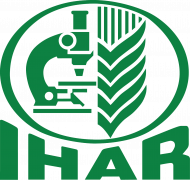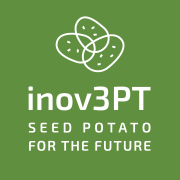Abstract
The field efficacy of liquid formulations of Pseudomonas fluorescens, Purpureocillium lilacinum and Trichoderma viride was investigated against natural populations of potato cyst nematodes (PCNs) Globodera rostochiensis and Globodera pallida. Two field experiments were conducted using these biocontrol agents applied as seed treatment (ST) at 1 L t−1 of seed and soil drenching (SD) at 5 L ha−1. Their effect was compared with carbofuran 3 G at 1 kg a.i. ha−1. Results showed that all the tested biocontrol agents were capable to reduce PCN egg density or multiplication rate, root penetration and egg numbers cyst−1 at various levels. The biocontrol efficacy also varied according to their delivery method. P. fluorescens-ST was found causing the highest reduction of egg density (83.1–86.5%), multiplication rate (83.1–86.5%), root penetration (67.1–68.1%) and egg numbers cyst−1 (35.4–36.0%). Similar efficacy was observed in P. lilacinum-SD that reduced egg density by 80.9–85.0%, multiplication rate by 80.7–84.3%, root penetration by 62.0–64.4% and egg numbers cyst−1 by 44.3–49.3%. The potato plants from P. fluorescens-ST and P. lilacinum-SD plots were 31.1–49.5% taller than untreated plants which also resulted in 27.2–32.0% higher tuber yield in P. fluorescens-ST and 25.9–30.2% in P. lilacinum-SD plots. The root colonisation of introduced P. fluorescens was 8.6–13.1 times higher in ST than SD. The trend was vice versa in P. lilacinum that colonised 3.1–3.6 times better in SD method than as ST. Their efficacy was comparable to carbofuran application. It is concluded that P. fluorescens-ST at 1 L t−1 of seed and P. lilacinum-SD at 5 L ha−1 are highly effective for management of PCN under naturally infested field conditions.















